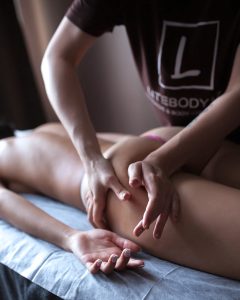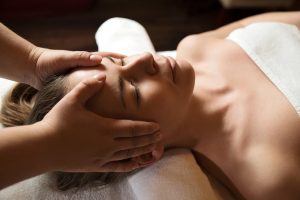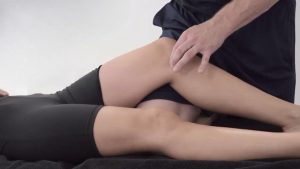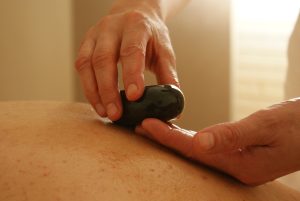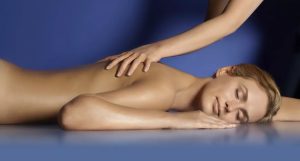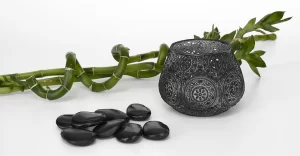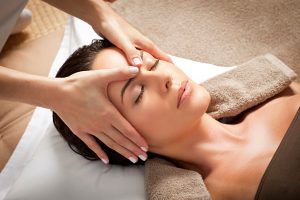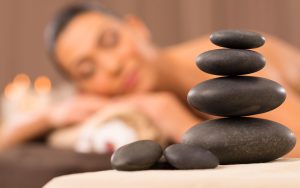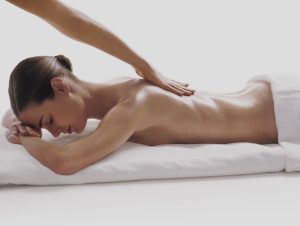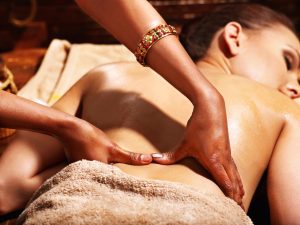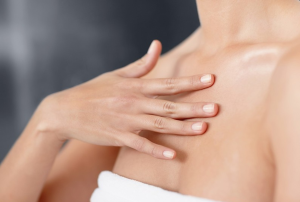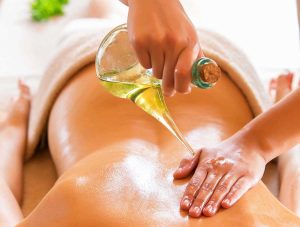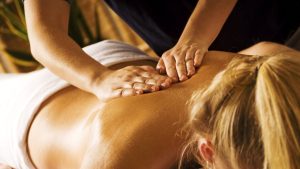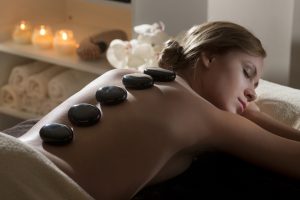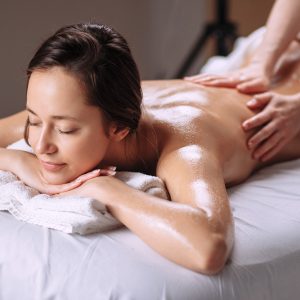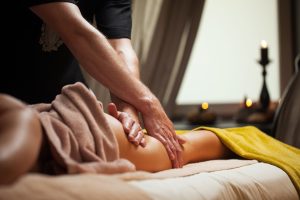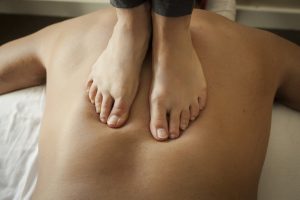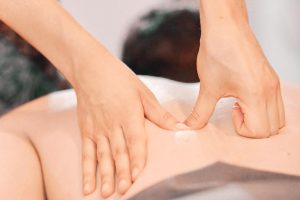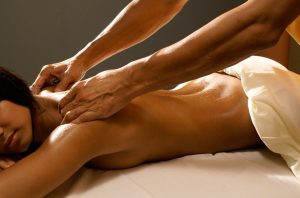Imagine soft lighting, pleasant music, and an incredible sense of harmony that permeates every cell of your body. Salt stone massage is not just a body treatment; it’s a true immersion in the ocean of relaxation and rejuvenation.
Many of us have heard of it, but what is it? This ancient method of rejuvenation is becoming increasingly popular due to its unique nature and beneficial effects on the body. Let’s dive into the world of harmony and learn more about this amazing practice.
History of Salt Stone Massage
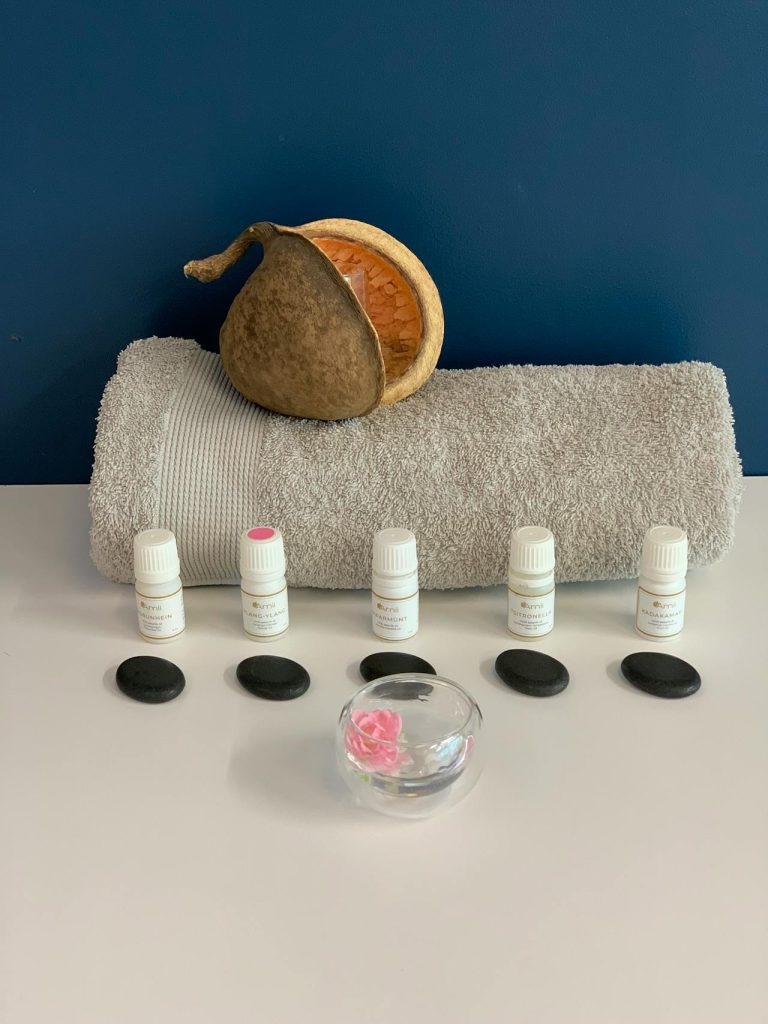

The history of this practice traces its roots back to ancient cultures where the use of minerals and salts for healing and relaxation was common. Ancient civilizations such as the Chinese, Indians, Egyptians, and Native Americans used heated stones to enhance well-being and health.
This method found its application in various aspects of life, from healing rituals and ceremonies to traditional medicine. In different cultures, salt was seen as a symbol of purification, restoration, and healing energy.
Benefits of Salt Stone Massage


- Deep relaxation: The warmth of salt stones helps relax muscles and reduce stress, promoting deep relaxation of the body.
- Cleansing and detoxification: Salt minerals help remove toxins through the skin, aiding in body detoxification.
- Improved circulation: Salt stone heat expands blood vessels, improving blood circulation and enhancing oxygen delivery to tissues.
- Skin improvement: Salt minerals contribute to skin hydration and make it healthier and more moisturized.
- Increased energy: Balancing energy levels, leading to increased vitality and liveliness.
- Enhanced mental well-being: Relaxation and the warmth of the stones improve sleep and contribute to psychological well-being.
- Muscle and joint therapy: Relieving muscle tension and pain, relaxing muscles, and reducing inflammation.
Salt Stone Massage Technique
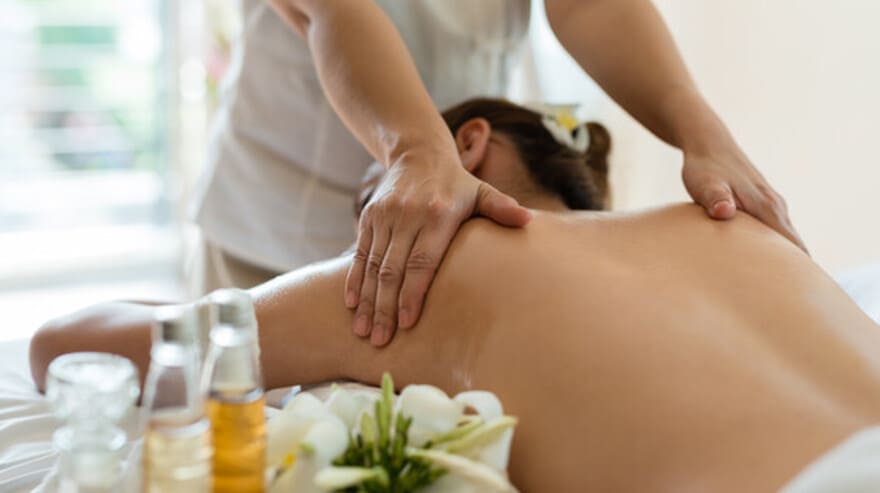

- Preparation: The therapist heats the salt stones to a specific temperature, usually in water or a special heating device. The stones should be comfortably warm, but not hot, to avoid burns.
- Client preparation: The client typically lies on a massage table, mat, or pad in a comfortable position.
- Application of oil or lotion: The massage therapist applies oil or lotion to the client’s skin to improve stone glide and moisturize the skin.
- Stone placement: Stones are placed on specific areas of the body, such as the back, hands, legs, and face, to evenly distribute heat and moisture.
- Stone massage: The therapist uses salt stones to perform various massage techniques, including smooth strokes, circular motions, and gentle pressure on muscles to relax them and improve blood circulation.
- Focus on pressure points: The therapist may focus on specific points or areas where sensitivity and stress tend to accumulate.
- Conclusion of the procedure: After the massage, the stones are removed, and the client can relax and enjoy the feeling of warmth and well-being.
Recommendations for Salt Stone Massage


- Consultation with a doctor: It’s important to consult with a healthcare professional before starting the procedure, especially if you have medical conditions or limitations.
- Choosing a qualified specialist: Ensure that the session is conducted by a qualified practitioner with experience in salt stone massage.
- Communicate your health status: Inform the massage therapist about any illnesses, allergies, or health conditions that may affect the procedure.
- Ensure safe temperature: Hot stones should be at an acceptable temperature to avoid burns or discomfort.
- Establish your rhythm: Tune into relaxation and allow yourself to enjoy the process, letting your body and mind unwind.
- Hydration after the massage: Consume an adequate amount of water after the procedure to help your body eliminate toxins.
- Rest and relaxation: Give yourself time to rest after the massage. This will enhance the effects of relaxation and rejuvenation.
- Regularity: For maximum benefits, regular sessions may be recommended, but it’s important to follow the specialist’s advice regarding the frequency of sessions.
Contraindications for Salt Stone Massage
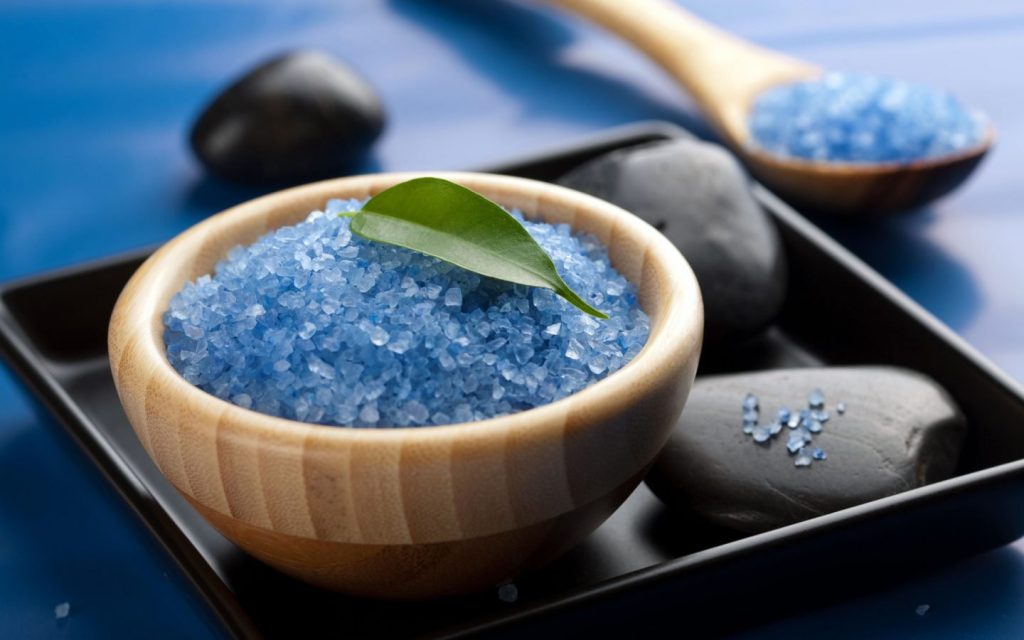

- Acute illnesses or inflammations.
- Heart or blood pressure issues.
- Pregnancy.
- Sensitivity to temperature.
- Thrombosis and varicose veins.
- Radiation syndrome.
- Burns or skin injuries.
Questions and Answers:
Which minerals are most commonly used in salt stones for massage?
The most common minerals include Himalayan pink salt, which has a unique pink color due to its iron content. Epsom salt is known for its magnesium content, considered beneficial for muscles and tension relief. Sea salt is rich in magnesium, calcium, potassium, and iron, exhibiting various shades depending on the region of extraction.
Can children receive salt stone massages?
This procedure is generally not recommended for young children due to several main reasons, including children’s sensitivity to heat and the challenge of controlling the stone’s temperature throughout the entire procedure.

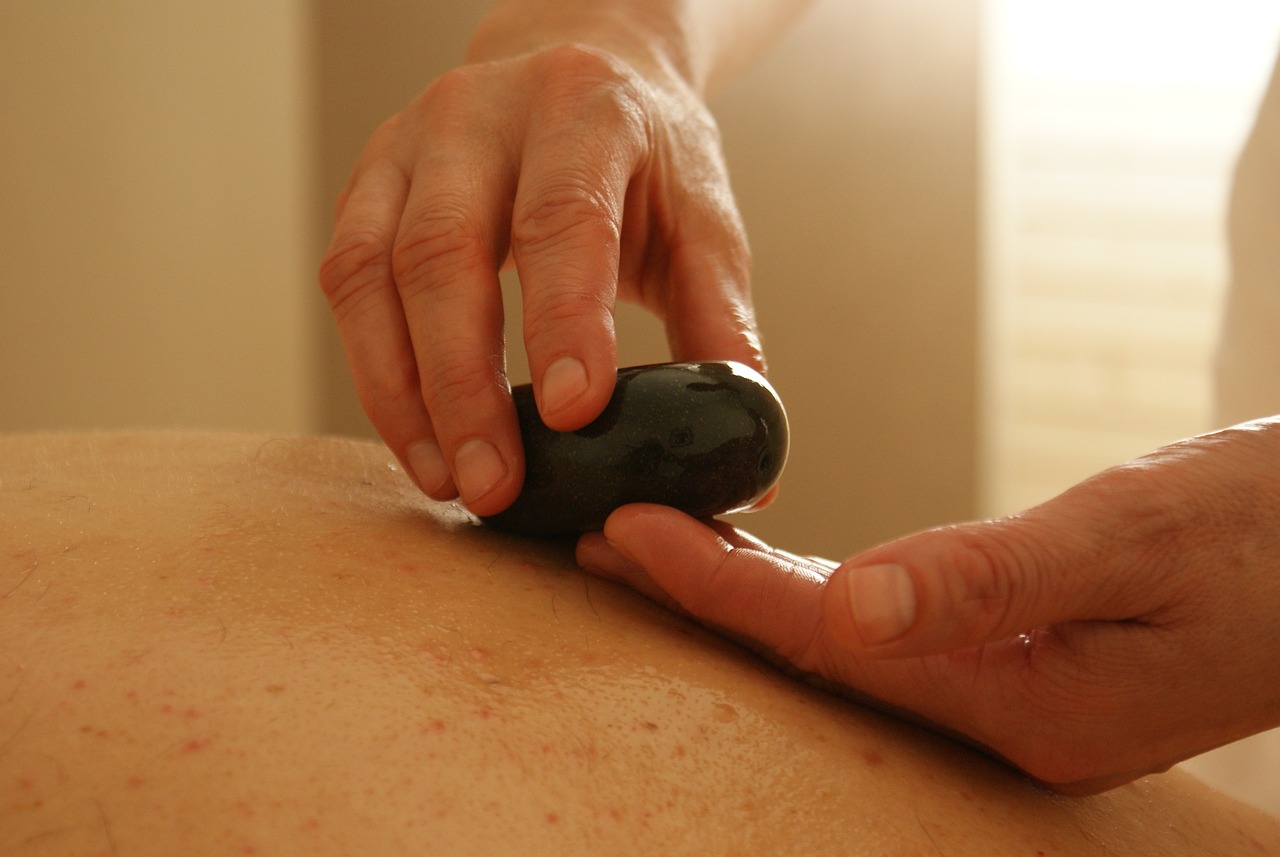











![11 Best Alternatives to Bedpage: Your Ultimate Guide [March 2024]](https://massage.dating/wp-content/uploads/2024/03/Best-Alternatives-to-Bedpage-300x200.jpg)

















